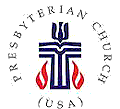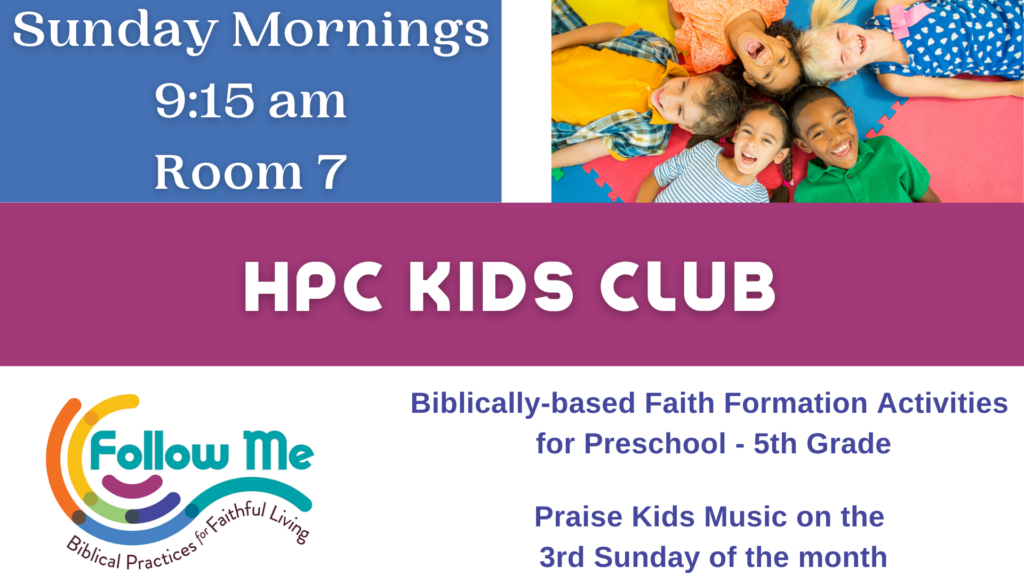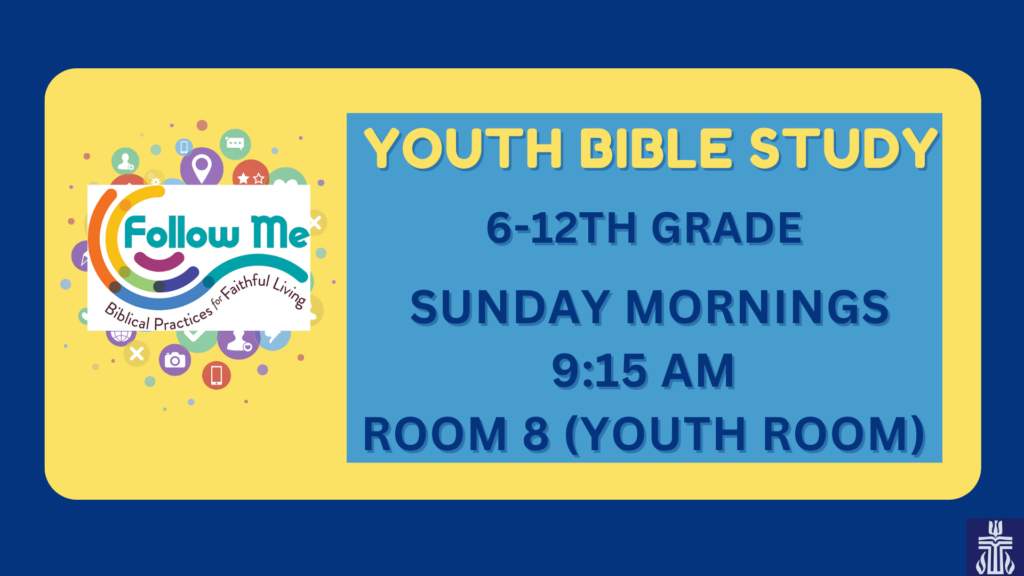What do you, or did you, need to start the school year off right? A special new lunchbox? A fresh box of crayons? Those yellow number 2 pencils? Chances are, in addition to your own favorites, you were checking off a school supply list from a teacher. Some are even quite detailed, down to the color of the folders with or without brads in the middle. The purpose of these lists, I think, among other things, is to help get students prepared with everything they might need for the coming year. And even if we are not in class anymore, some of us love to walk those aisles with a sense of nostalgia, or the joy of that new box of crayons for ourselves.
Even as adults we often make sure we have the supplies we need before we begin a project. It’s a good plan to do this before attempting to assemble a piece of furniture, for example. For other projects, failing to do so means at least 5 trips to Home Depot to get the right tools or items needed for your fix. I’m keenly aware of this as a natural instinct right now, as we’re about 5 weeks or so from my due date, and that “nesting” desire is setting in, prompting us to prep the nursery, clean the house, and make plans for the arrival of our second child. The point in all of these instances is to get ready with everything you’ll need to make the process as smooth as it can be. It’s living out the Boy Scout motto, “be prepared,” and anticipating what might be needed along the way.
The verses we have read this month from the letter to the Ephesians have all revolved around this kind of preparation for the early Christians – both the eager anticipation of Christ’s return and trying to figure out how to navigate life as believers in the context of a challenging world. Historians believe that:
the community of Christians, called “Ephesians” may have lived somewhere in Asia Minor during the first two centuries CE. They were religious minorities in the Roman Empire. Christianity was illegal until 313[i].
In this context, we are reminded of the persecution and struggle the early church had in relation to living in the Roman Empire. This is the root of the idea of “spiritual warfare,” where people of faith were up against a lot, and trying to make sense of a new way of belief in and amongst significant influences that often pushed against the cores of following Jesus. One commentary notes:
If they were in fact in Ephesus, they may have been taken to worship the emperor at the newly constructed temple of Domitian to test their allegiance. Ephesus was also a thriving commercial city and the cultic center of goddess Artemis[ii]
Recognizing that these Christians would be up against a lot, to the point where it would feel like a significant battle, the writer leaves them with a “supply list” for living the Christian life to help them survive the struggles they might face both externally and internally.
The imagery may seem strange to us, even off-putting. It certainly is militaristic and heavy with images of battle that most of us don’t encounter every day. In this, remembering the context is particularly important. For what the writer gives is not a list of advanced weaponry, but rather a significant list of defensive and protective items, meant to withstand, not necessarily conquer. This is particularly important when we consider the ways in which Christians have utilized such battle metaphors to justify holy wars and conflicts in the following centuries, the Crusades being a notable example, but not the only one. The purpose of this “equipment list” was not to create some sort of “army” for God, but rather to help Christ followers to “put their best foot forward” into living the life to which we have been called (see Ephesians 4).
This morning, I want to borrow from my colleague Rev. Sara Nave Fisher, and suggest a modernized look at these items as a way of understanding how they might continue to be our “discipleship supply list” for Christian living today[iii]:
First – the belt of truth we might consider as an identification badge or credentials.
the “belt” of Roman armor wasn’t just a way to keep pants in place – it was more like a badge, it was how they showed rank – their experiences, who they wereiii.
Perhaps we show our rank visually with some sort of symbol of our faith. Like a fish or bumper sticker on the back of our car, or a cross necklace. In this, we proclaim our allegiance first to God, rather than anything else that would otherwise claim us. The belt is placed at the center of our being. This represents what we stand for that holds it all together at our very core.
The breastplate of righteousness is similar. It is where we show our true colors. It’s more than just whether we are wearing red and black or white and gold to identify with our team. It’s about carrying ourselves in a way that when people see us, they see reflections of God. Both become almost a uniform that helps us proclaim not just who we are, but who God is.
Next, the shoes on our feet. The verse here isn’t so specific about what kind of footwear, but rather reminds us of the purpose of it – whatever will make us ready to proclaim the gospel of peace. For some of us, that’s sneakers so we’re ready to go. For others, it’s orthopedic shoes that we might not be slowed down by any ailment. Maybe for you it’s leopard print high heels that command attention and give a sense of power and fun to your message. For some it’s boots – cowboy, combat, or steel-toe – meant for hard work and heavy liftingiii. It could even be flip-flops, representing a laid-back attitude that creates a sense of comfort and ease in conversation. Whatever it is for you, the writer tells you to put your shoes on so that you’ll be ready to go when the time comes. It’s about being prepared, after all. Our shoes can help give us the traction to make it through even challenging and uneven terrain, digging in as needed with cleats or tread, or perhaps gliding across a smooth dance floor for conversations that require more gentleness. It’s not about stomping around; it’s about taking the right steps.
Fourth, the shield of faith. This one is clearly meant to deflect and defend, perhaps offering some sort of barrier or buffer between you and the challenges of the day. The shield can help take the brunt of the blow, or offer additional time to reflect before responding.
Perhaps a modern equivalent might be a “backpack of faith” or some sort of toolkit that holds additional supplies to strengthen us in our faith. Because people will disagree with us – they may loudly disagreeiii.
That’s a natural consequence of proclaiming peace with those special shoes, and sometimes we need something else to pull from to make it through.
Next, the helmet of salvation, that thing we need to keep on the top of our minds. Or, put another way, the “sunglasses of salvation,” the lens through which we see the world.
Above all else, we have salvation. Even when our shields fail, even when our breastplate is infiltrated, we have salvation. No matter what, we have a God who saves us. Because at the end of the day it isn’t about us or what we do about who we are – the good news of the Gospel is about who God isiii.
The helmet of salvation reminds us of the connection that should exist between our head and the core of our being – that belt of truth, and guides our thoughts and actions to become extensions of that understanding above all else. It also means seeing the world through the eyes of a God who saves; this means extending grace and forgiveness to each other, just as we have been forgiven in Christ.
Finally, the writer gives one item – the sword of the Spirit. Fortunately, this one comes with a bit more explanation – he’s talking about the Word of God, which has the power to transform and change and cut through even the most difficult circumstances with good news. Let’s liken this to a collection of sharpened pencils. A lot of school supply lists nowadays have not just pencils on the list, but specifically indicate that they are to be sharpened, and for good reason. First, quite simply, an unsharpened pencil is not tremendously useful for writing. It needs to be shaped and worked before it’s usable. Good teachers and administrators have learned to do this in advance. In the middle of a test is not the time you want a room full of students having to sharpen their pencils. It’s loud, noisy, and distracting, and it takes time away for the work you should be doing. Having the pencils sharpened already makes you ready to jump right in for the task at hand, whether it’s taking notes or taking a test.
Using the sharpened pencils of the word of God means that we know the Bible so well, we have spent time studying and understanding, and we can have conversations about itiii.
Note, this doesn’t mean we are supposed to use the Bible as a weapon. In the movie Saved, the lead character literally throws her Bible at a classmate trying to get her to change what the character believes is wayward living. That’s not the intention of God’s Word. Rather, it is meant to shape us and guide us. So, having sharpened pencils of this word is about recognizing the power inherent in the Spirit’s movement as we read and study the Bible together, and knowing it has the power to change even us:
It’s knowing that God’s word cuts through evil, not through each other. It cuts through racism and through classism and division of all kinds – again, not through each otheriii.
It’s trusting that, in the end, as the Psalmist proclaims, the Word of the Lord will endure forever, even as everything else fades away. In this way, it can become like a permanent marker I suppose, but the pencil reminds us of how the Spirit is continually moving and providing shading and different levels of understanding, allowing us even to erase some of our preconceived notions and correct our own answers about faith.
What a list, right? With these items in our cart, we should have everything we need to lead lives of faithfulness to Christ. And we might be tempted to rush out and seek to check them all off the list. Here’s the hitch, though. They aren’t necessarily easy to find. We won’t be able to make a quick run through Target’s school supply aisle and grab them all, and that’s not just because those aisles in stores are quickly being replaced with Halloween costumes and Christmas decorations. It’s because this list from Ephesians:
Isn’t an external list that we have to go shop for. It’s one that has already been given to us by Godiii.
That reminder comes to us again and again in Ephesians, ringing out like a well-known chorus. It is God who fills us with the resources we need to go about this discipleship business, through the gifts of grace that come alongside the good news of Jesus Christ. Ephesians offers the reminder that it’s been within us all along, and urges believers to dig deeper into themselves to discover it, and then use it.
Our bags are already packed! God has made us ready to go! We just have to remember to take it with us when we go out the door. May we be prepared in the best way we can, putting on all God has already given us, so that each day we can “put our best foot forward” and walk into the journey of faith and life before us. Amen.
~Rev. Elizabeth Lovell Milford
August 26, 2018
————————————————————————————
[i] Haruko Nawata Ward, “Theological Perspective: Ephesians 6:10-20,” Feasting on the Word: Year B, Volume 3, David L. Bartlett and Barbara Brown Taylor, editors, (Louisville, KY: Westminster John Knox Press, 2009).
[ii] Ibid.
[iii] Many of these parallels from Rev. Sara Nave Fisher, “Armor,” sermon delivered August 19, 2018. Shared with Rev. Elizabeth Milford on August 22, 2018.




Leave a Reply
You must be logged in to post a comment.